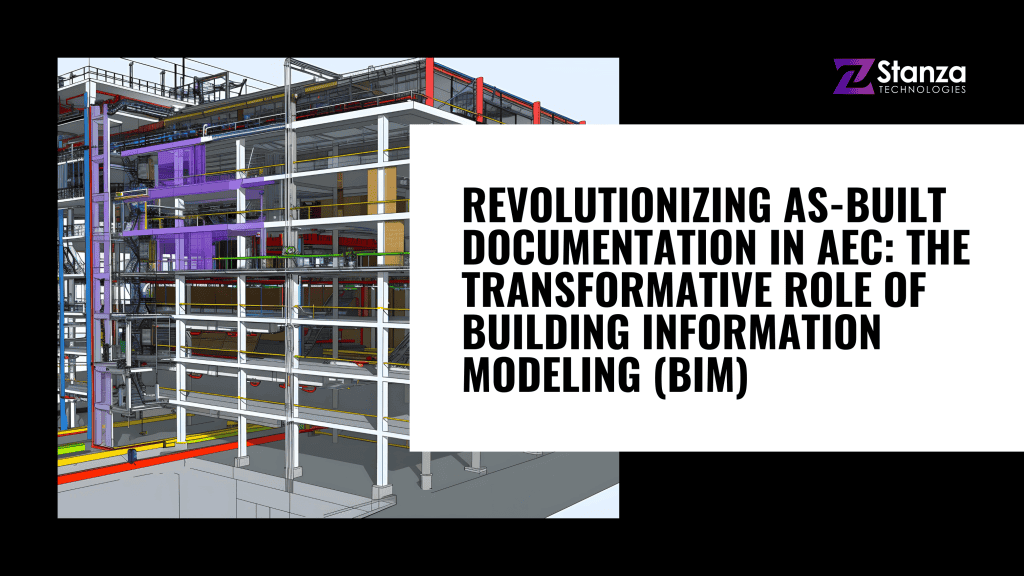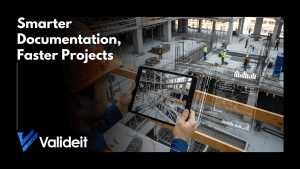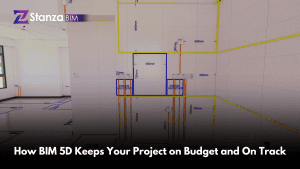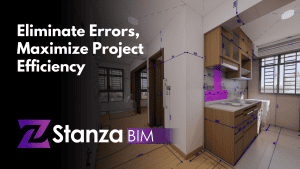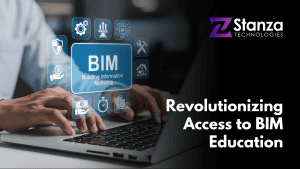In the landscape of architecture, engineering, and construction (AEC), the accuracy of as-built documentation stands as a cornerstone for project success and future maintenance. The traditional methods for documenting as-built conditions often prove laborious, error-prone, and disconnected from the original design intent. However, Building Information Modeling (BIM) has ushered in a paradigm shift, offering unprecedented opportunities to streamline and enhance the documentation of as-built conditions.
As-built documentation constitutes the compilation of drawings, models, and records that depict the final state of a constructed building or infrastructure project. This documentation is a crucial reference for facility management, renovations, and future modifications, ensuring stakeholders possess accurate information about the built environment. Nevertheless, traditional methods of producing as-built documentation, such as manual measurements, field surveys, and 2D drawings, remain time-consuming, prone to errors, and often need more detail for comprehensive facility management.
Building Information Modeling (BIM) emerges as a digital technology that enables creating and managing intelligent 3D models containing rich data about building elements, systems, and attributes. BIM offers a holistic approach to as-built documentation, permitting project teams to capture, visualize, and analyze the whole building life cycle. By leveraging BIM for as-built documentation, stakeholders can access a comprehensive digital record of the built environment, facilitating efficient decision-making and enhancing project outcomes.
A significant advantage of BIM for as-built documentation is its ability to capture precise spatial information about building components and systems. Existing conditions can be swiftly and accurately captured and integrated into the BIM model through laser scanning, photogrammetry, or point cloud data integration. This high-fidelity representation empowers stakeholders to visualize the building in its current state, identify discrepancies between design and reality, and make informed decisions regarding renovations, retrofits, or maintenance activities.
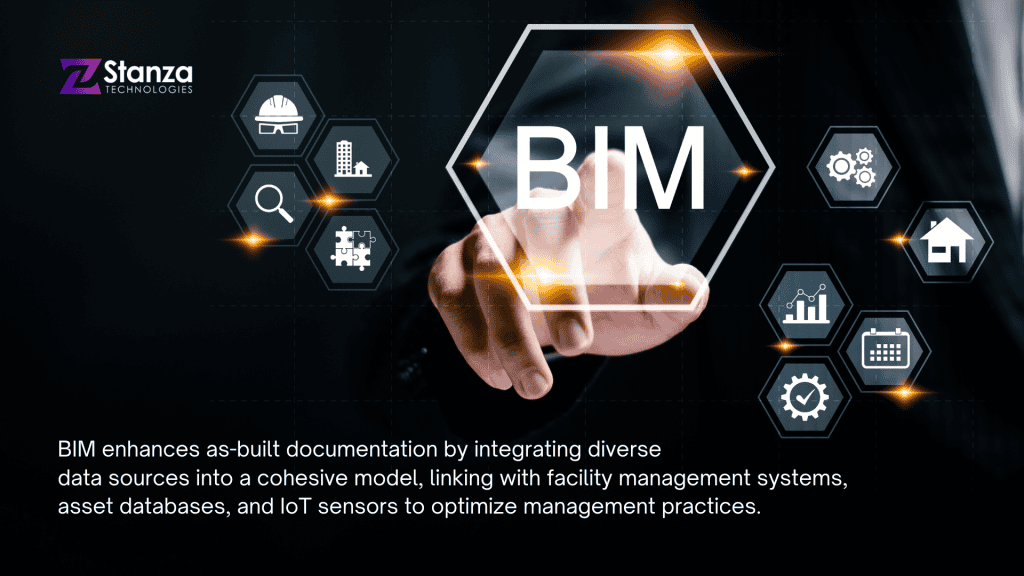
Moreover, BIM facilitates the integration of diverse data sources and formats into a single, cohesive model, enhancing the richness and accuracy of as-built documentation. By linking BIM models with facility management systems, asset databases, and IoT sensors, stakeholders gain access to unified information, optimizing facility management practices.
Despite its numerous benefits, adopting BIM for as-built documentation presents several challenges, including data interoperability, standardization, and scalability. Integrating data from various sources and different formats into a unified BIM model necessitates careful planning, coordination, and quality assurance to ensure data accuracy and consistency. Moreover, as-built documentation efforts must consider long-term data management and sustainability to ensure that the BIM model remains relevant and up-to-date throughout the lifecycle of the building or infrastructure asset.
Building Information Modeling (BIM) revolutionizes the process of as-built documentation in the architecture, engineering, and construction (AEC) industry, offering unprecedented opportunities to streamline data capture, visualization, and analysis. By leveraging BIM’s capabilities for spatial modeling, data integration, and interdisciplinary collaboration, stakeholders can create comprehensive digital records of the built environment, facilitating efficient decision-making and enhancing project outcomes. As the adoption of BIM continues to grow, its role in as-built documentation will become increasingly indispensable in ensuring the accuracy, reliability, and sustainability of facility management practices.
